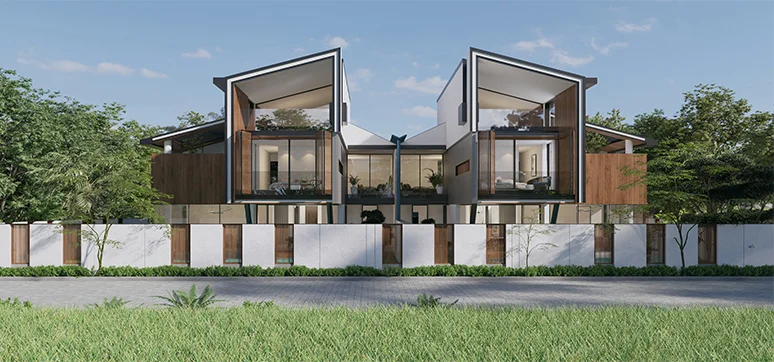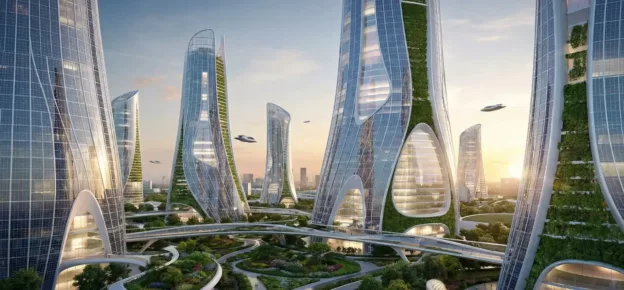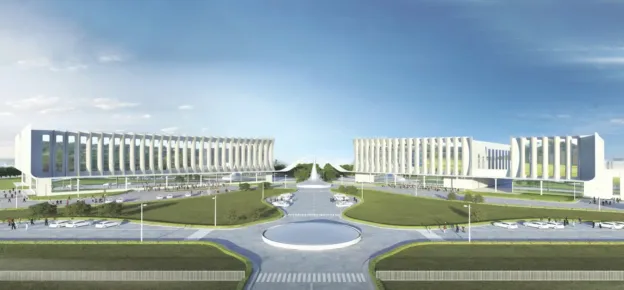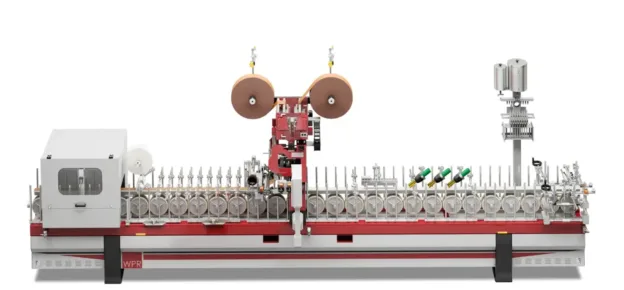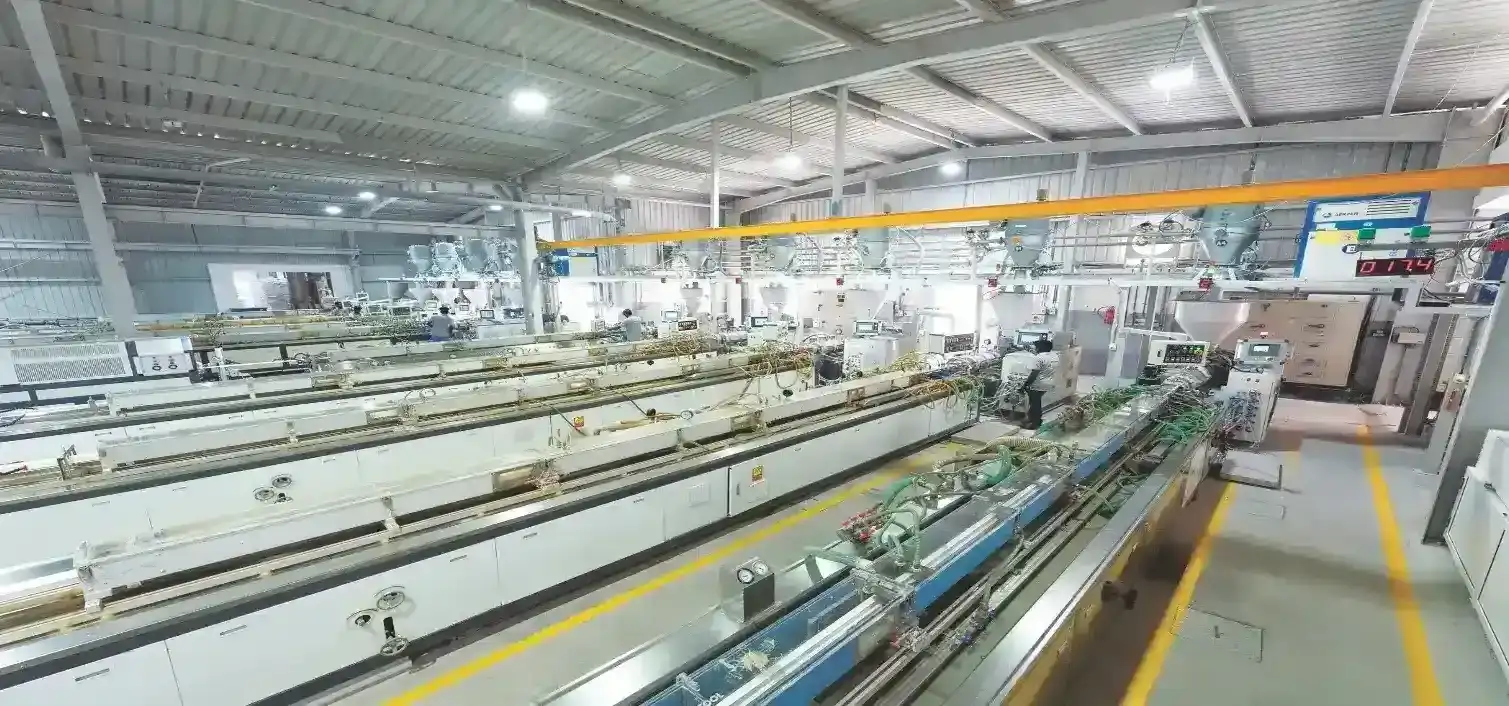Façade & Fenestration Design 2050: The World of Architecture Will Witness an Awe-Inspiring Transformation
Buildings, as the largest users of energy, are also our greatest opportunity for energy conservation and protection of the environment. As India urbanises, there will be approximately an 860 percent increase in electricity consumption in buildings by 2047 (Niti Aayog – India Energy Security Scenarios estimates). There is a substantial need for energy efficiency improvements. With the global concerns about depleting energy resources and their environmental impact, it is essential to find ways to reduce energy consumption in buildings.
The building façade, or the exterior of a building, plays a pivotal role in determining a building’s energy efficiency and comfort levels. It acts as a barrier between indoor and outdoor environments, affecting factors such as heat, light, and sound, thus improving occupant comfort within a building. The location and climate are crucial factors in selecting appropriate façade materials and deciding on the design strategies for sustainable façades. Contemporary façade design aims to develop strategies and technologies that enable the occupants to enjoy a comfortable interior environment while using fewer resources. This involves optimising the building envelope to reduce energy consumption and minimise the impact on the environment by incorporating sustainable designs, materials and technologies.
The editorial team of WFM spoke to 15 experts, including architects and façade consultants, on their prospects for future façades in 2050. In this cover story, we are presenting to you their expectations and vision for future façades and fenestrations 25 years from now. They were quick to share their insightful views on various approaches for designing and constructing sustainable façades and fenestrations for the future, which are high-performing, comfortable, safe, at the same time aesthetically appealing. The cover story also discusses emerging façade technologies and advanced smart materials for façades, describing their properties and applications.
In the visionary landscape of 2050, the world of architecture will witness an awe-inspiring transformation in façades and fenestrations. The fusion of cutting-edge technology, sustainability, and artistic innovation will give rise to structures that not only redefine our skylines but also our relationship with the built environment. The aesthetics of future façades will be a testament to human creativity and innovation.
FUTURE DESIGNS – 2050
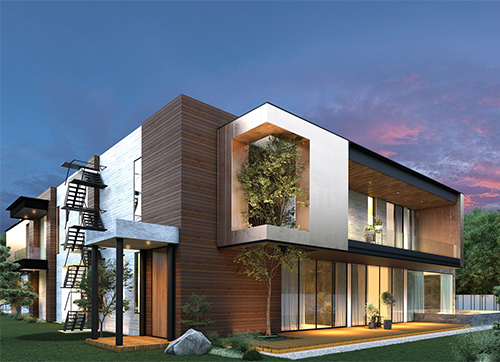
Envisioning 2050, the future of façade and fenestration design promises to be nothing short of a revolution. We’re poised for a transformation where building exteriors will no longer remain static. Instead, they will evolve dynamically to respond to their surroundings. Imagine façades equipped with smart materials like self-tinting glass and shape-memory alloys, enabling them to adjust to changing lighting and temperature conditions. Augmented reality will turn these surfaces into interactive canvases, offering endless possibilities for artistic expression and information dissemination. Furthermore, the incorporation of biophilic design principles will seamlessly merge nature with architecture, enhancing both aesthetics and environmental sustainability.
FUTURE FAÇADE MATERIALS – 2050
By 2050, the global market for façade and fenestration materials will have undergone a remarkable transformation. Innovative materials such as graphene composites, aerogels, and self-healing polymers will dominate the landscape, offering lightweight, durable, and energy-efficient solutions. Solar-active materials will be ubiquitous, harnessing the power of the sun to generate clean energy for buildings. Sustainability will be paramount, with a surge in demand for recycled and bio-based materials, aligning with the imperative for eco-conscious construction practices.
FUTURE FAÇADE TECHNOLOGIES – 2050?
In the realm of façade and fenestration technologies, the year 2050 promises a dazzling array of advancements. Smart sensors and AI systems will regulate temperature, lighting, and ventilation in real-time, optimizing energy efficiency and occupant comfort. Smart glass technologies will provide adjustable transparency and thermal properties, while nanotechnology coatings will ensure self-cleaning and self-repairing surfaces. The adoption of 3D printing could revolutionise the industry, offering rapid customization and intricate design possibilities for façades and fenestrations, pushing the boundaries of architectural innovation
